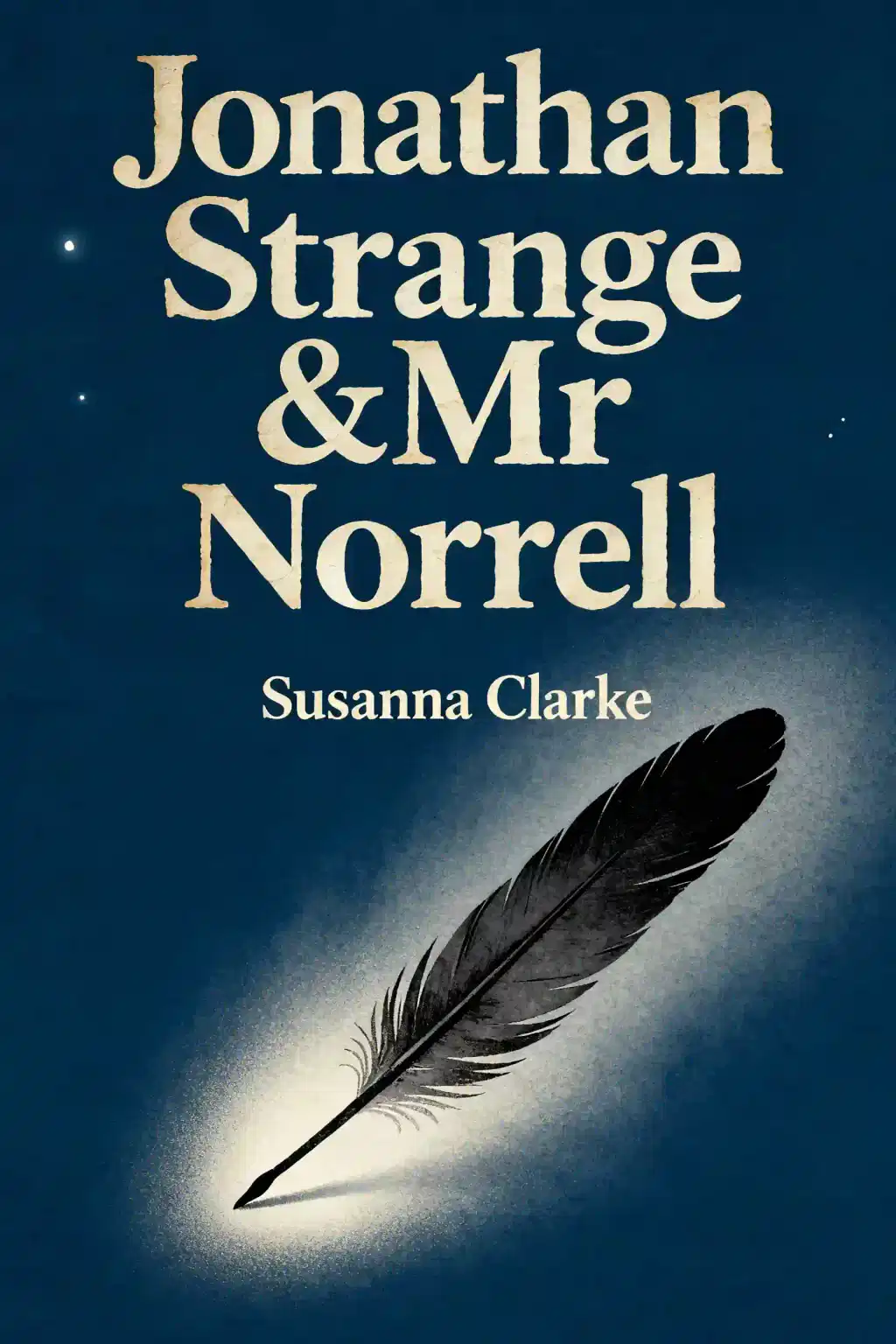What is
A Short Guide to a Happy Life by Anna Quindlen about?
A Short Guide to a Happy Life is a reflective essay urging readers to prioritize personal fulfillment over societal success. Pulitzer Prize-winning author Anna Quindlen emphasizes mindfulness, gratitude, and cherishing everyday moments, arguing that happiness stems from relationships and presence, not career milestones. The book originated from her viral undelivered Villanova commencement speech.
Who should read
A Short Guide to a Happy Life?
This book resonates with busy professionals, parents, and anyone feeling overwhelmed by societal expectations. Its concise, uplifting message appeals to readers seeking perspective shifts on balancing work with personal joy, making it ideal for graduates, career-driven individuals, or those navigating life transitions.
Is
A Short Guide to a Happy Life worth reading?
Yes—it’s a #1 New York Times bestseller with over a million copies sold. At just 64 pages, it delivers actionable wisdom on living intentionally, making it a quick yet impactful read for those seeking clarity on prioritizing what truly matters.
What are the main ideas in
A Short Guide to a Happy Life?
Key themes include:
- Presence over productivity: “Turn off your cell phone. Keep still. Be present”.
- Love as active work: Nurturing relationships requires deliberate effort.
- Mortality as motivation: Recognizing life’s impermanence fuels gratitude.
How does
A Short Guide to a Happy Life compare to other self-help books?
Unlike dense self-help guides, Quindlen’s work is poetic and concise, blending personal anecdotes with universal truths. It shares themes with The Power of Now but focuses less on theory and more on actionable, emotionally resonant advice.
What does Anna Quindlen mean by “Get a real life”?
This phrase urges readers to reject superficial pursuits (promotions, material gains) and instead cultivate rich experiences—meaningful connections, sensory appreciation, and generosity. Quindlen argues that a “real life” is built through daily intentionality, not external validation.
What is the significance of the quote “Life is not a dress rehearsal”?
Quindlen uses this metaphor to stress that every moment is irreplaceable. The quote reminds readers to stop postponing happiness for future achievements and instead embrace the present fully.
How does
A Short Guide to a Happy Life address work-life balance?
Quindlen critiques society’s overemphasis on professional success, stating, “You cannot be really good at your work if your work is all you are”. She advocates for defining self-worth beyond job titles and carving time for loved ones.
What criticisms exist about
A Short Guide to a Happy Life?
Some readers find its brevity lacking in actionable steps, while others view its advice as overly simplistic. However, supporters argue its power lies in distilling complex truths into accessible, poignant reminders.
How does Anna Quindlen’s background influence the book?
As a Pulitzer-winning journalist and novelist, Quindlen blends observational storytelling with introspective wisdom. Her experience covering human-interest stories informs the book’s empathetic, relatable tone.
What quotes from
A Short Guide to a Happy Life are most impactful?
Notable lines include:
- “The hardest thing of all is to learn to love the journey, not the destination”.
- “Knowledge of our own mortality is the greatest gift God gives us”.
- “All of us want to do well, but if we do not do good too then doing well will never be enough”.
Why is
A Short Guide to a Happy Life still relevant today?
In an era of burnout and digital distraction, its message to slow down and cherish human connection remains urgent. The book’s focus on mindfulness aligns with modern wellness trends, offering timeless advice for reducing anxiety and finding joy.
How does the book address overcoming fear?
Quindlen advises confronting fear by embracing life’s uncertainties. She frames fear as a barrier to authentic living, urging readers to prioritize curiosity and resilience over perfectionism.















